The bond between humans and dogs is one of the most ancient and special relationships in history. But have you ever wondered how wolves—fierce, wild animals—became the loyal, loving dogs we know today? The evolution of wolves into domestic dogs is a remarkable story that spans thousands of years, filled with fascinating twists and turns. Let’s take a look at 16 key points that reveal the incredible journey of how wolves became dogs, shaping the bond we share with our canine companions today.
1. The Domestication Process Began Over 15,000 Years Ago
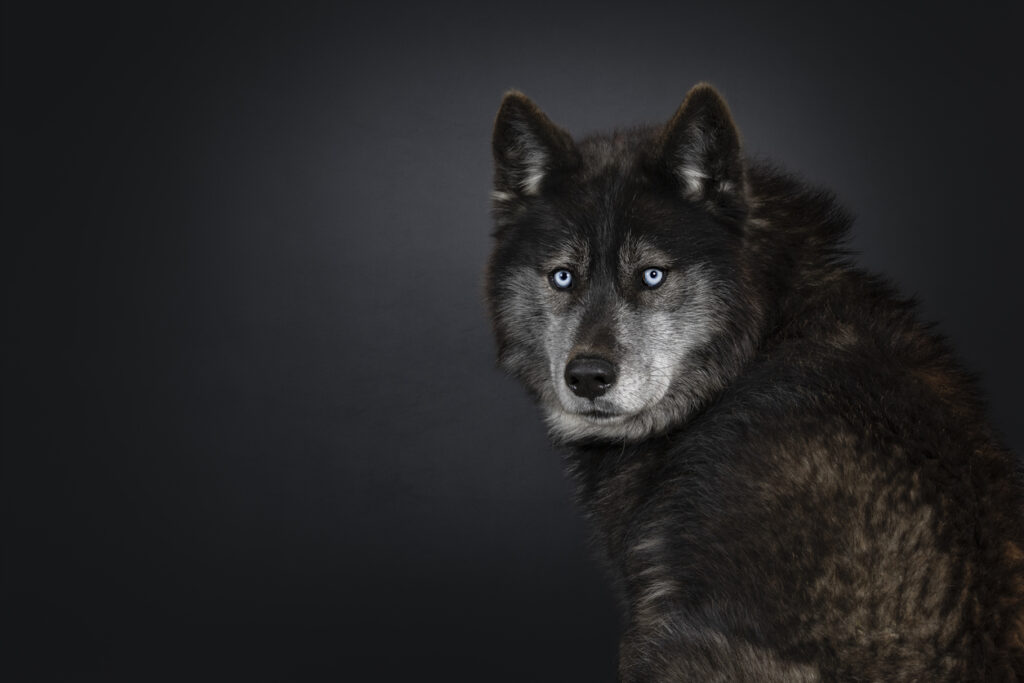
iStock
The domestication of wolves is believed to have started around 15,000 to 40,000 years ago, though estimates vary. Early humans likely formed a partnership with wolves, using them for hunting, protection, and companionship. Wolves that were more tolerant of human presence and less aggressive would have been favored, slowly evolving over time into the domesticated dogs we know today. This long, slow process helped create the strong bond we now share with dogs. As humans’ lifestyles began to shift from hunting and gathering to more sedentary farming, wolves’ role also adapted, fostering a deeper, mutually beneficial relationship that laid the foundation for a lifetime of companionship.
2. Wolves and Humans Shared a Common Ancestor

PxHere
Both modern wolves and domestic dogs share a common ancestor. This ancestor was a wild canid that lived around 15,000 to 40,000 years ago. Over time, wolves began to diverge into different species, with some becoming the domesticated dogs we have today, while others remained wild. Genetic evidence supports this idea, showing that dogs and wolves are closely related and share a similar DNA structure. The branching off into separate lineages of domesticated dogs and wild wolves was a slow, complex process that took place over many generations, shaped by both natural and human-driven selection.
3. Wolves Were Attracted to Human Campsites
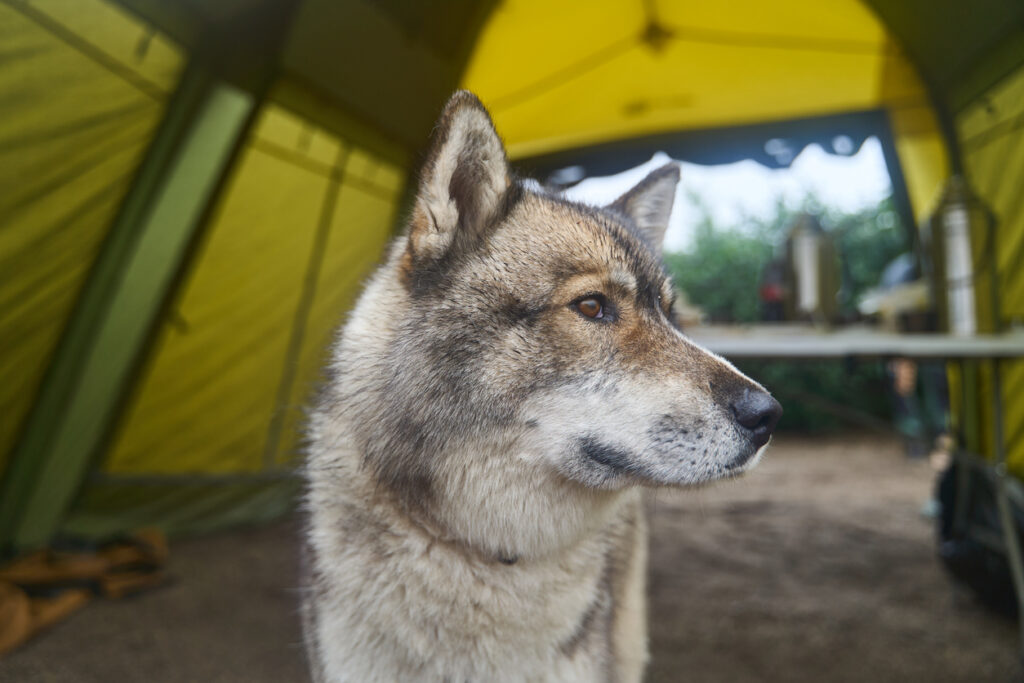
iStock
Early wolves probably didn’t seek out humans intentionally; they likely came to human campsites searching for food scraps. Wolves are scavengers by nature, and the remnants of human hunting and cooking would have been an easy meal. Over time, wolves that were less fearful of humans and more willing to approach would have found abundant food sources, while more skittish wolves would have avoided the campsites altogether. These wolves that approached early human settlements were the first to forge a connection with humans. This process eventually led to the first steps of domestication, as humans learned to tolerate and even rely on these animals.
4. Mutual Benefit Led to the Partnership

Picryl
The relationship between early humans and wolves was mutually beneficial. Wolves helped humans by assisting in hunting, while humans provided food and protection for wolves. Over time, wolves that were more tolerant of human presence and less aggressive became more integrated into human society. These early wolves provided protection and companionship, while humans offered food and shelter, creating a thriving partnership. This mutual benefit paved the way for a deepening bond between humans and wolves, which eventually led to the full domestication of some wolf populations. The benefits were clear for both sides, helping to build trust and cooperation over time.
5. Wolves Evolved to Be More Docile
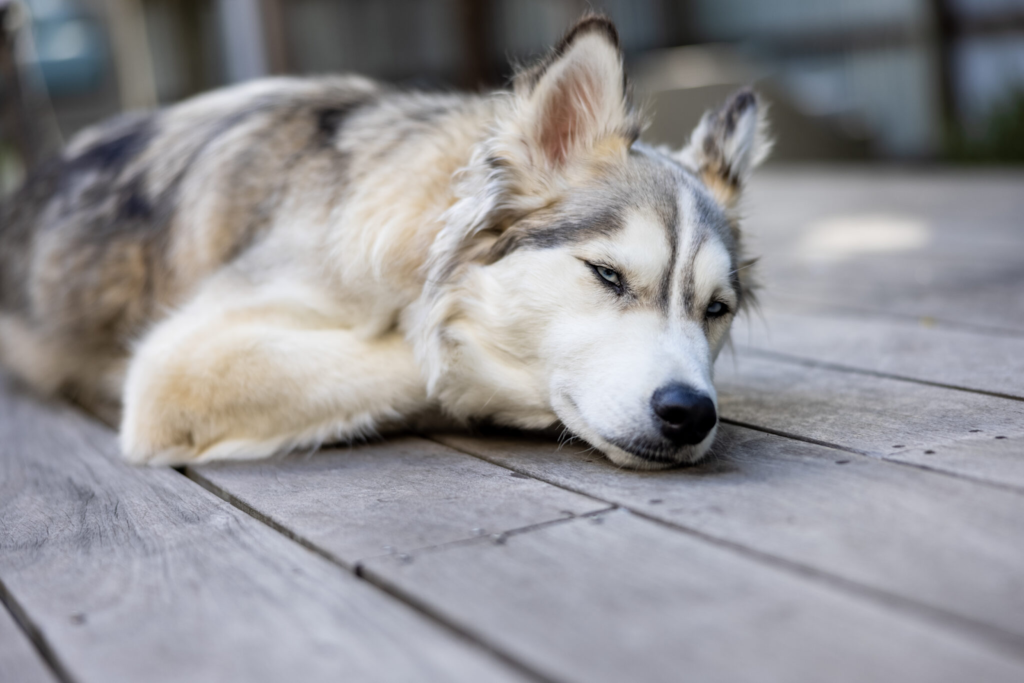
NegativeSpace
Over generations, wolves that were more docile and less aggressive became more integrated into human society. These wolves were better able to coexist with humans, and they were often treated more kindly. The more aggressive wolves, on the other hand, would have been less likely to survive in a human environment. As humans provided care, shelter, and food, the more peaceful wolves thrived. This natural selection of more docile wolves gradually led to the evolution of domesticated dogs. Over time, these wolves adapted to human environments, shedding much of their aggression and wild instincts in favor of companionship and cooperation with humans.
6. Wolves Started Living in Packs with Humans
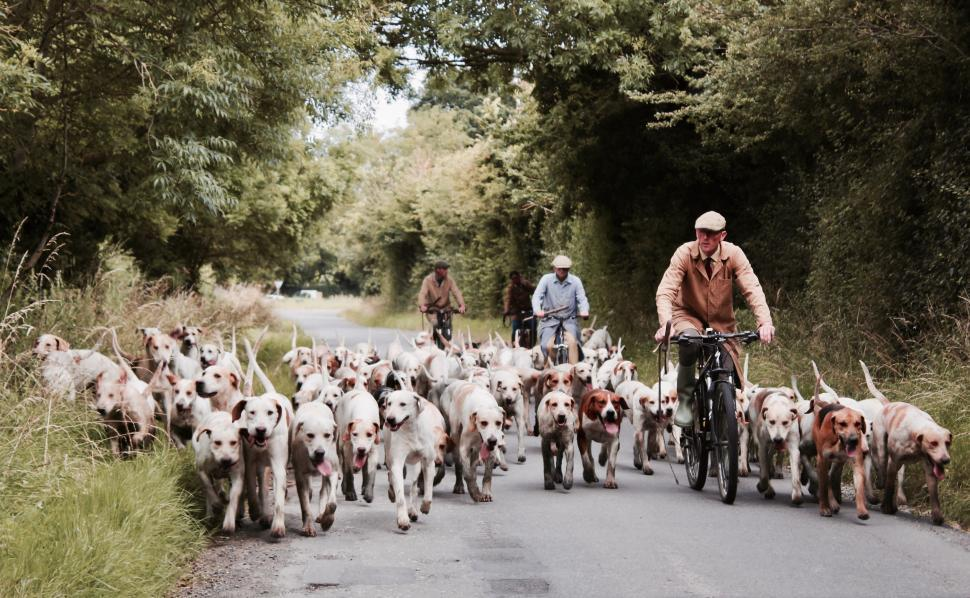
Freerange Stock
Wolves are pack animals by nature, and early humans also lived in groups. This commonality made the integration of wolves into human society easier. As wolves and humans interacted more, they began to form their own “packs,” with humans and wolves working together in a cooperative social structure. This helped strengthen the bond between humans and wolves, paving the way for domestication. Wolves were already familiar with hierarchical systems in their packs, and this structure helped them understand their role in human society. The shared social structure allowed for a smoother transition from wild predator to trusted companion, and over time, this relationship blossomed into a unique partnership.
7. Early Dogs Helped with Herding and Protection
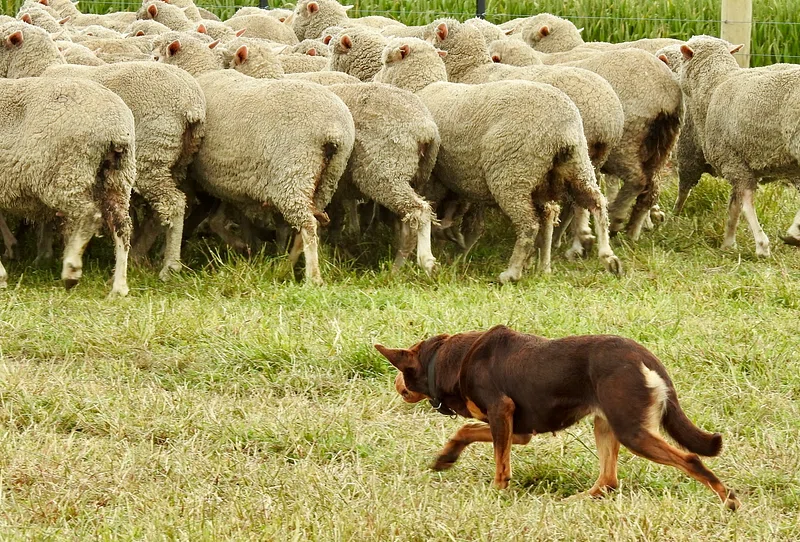
Rawpixel
As humans transitioned from hunting and gathering to farming, they needed help managing livestock and protecting their homes. Early dogs, descendants of domesticated wolves, became invaluable for herding and guarding. Their natural instincts were well-suited for these roles, and over time, they were bred for specific tasks, leading to the wide variety of working dog breeds we have today. Early domesticated wolves would have been crucial to the success of agricultural societies, helping to herd sheep, guard flocks, and protect human settlements from other predators. Their utility in these roles helped solidify their place in human society, where their protective and herding instincts were harnessed.
8. Genetic Divergence from Wolves

Pexels
Over thousands of years, domestic dogs began to diverge genetically from their wild ancestors, wolves. Though dogs and wolves share much of the same DNA, specific genetic mutations gradually made dogs more suitable for living with humans. These mutations were linked to traits such as tameness, sociability, and a willingness to follow human commands. As a result, dogs became more attuned to human behavior, and their physical and behavioral traits began to change. Over time, dogs adapted to life as human companions, developing not only physical characteristics like smaller size but also behavioral traits that allowed them to communicate and bond with humans more easily.
9. The Role of Natural Selection in Dog Evolution

Rawpixel
Natural selection played a major role in the domestication of dogs. Wolves that were more friendly and cooperative with humans were more likely to survive and pass on their genes. Over time, this led to the emergence of a new breed of wolf-like animals that were more suited to living with humans, rather than in the wild. The process of selecting wolves that were less aggressive and more docile helped shape the behavior of modern dogs. As these animals became more attuned to human life, they gradually lost many of the traits associated with wild wolves, such as aggression, independence, and dominance, becoming more sociable and cooperative.
10. Dogs Became Essential in Human Society

iStock
As time went on, dogs became essential to human society, playing a key role in hunting, herding, guarding, and companionship. They provided protection from predators, helped with the movement of livestock, and acted as loyal companions. Dogs began to be bred for specific purposes, leading to the development of different breeds, each with its own unique abilities. The bond between humans and dogs became stronger as both parties depended on one another for survival and companionship. Dogs evolved from being simple helpers to becoming central figures in human culture and daily life, cementing their place as essential companions for humans.
11. Dogs Adapted to Different Environments
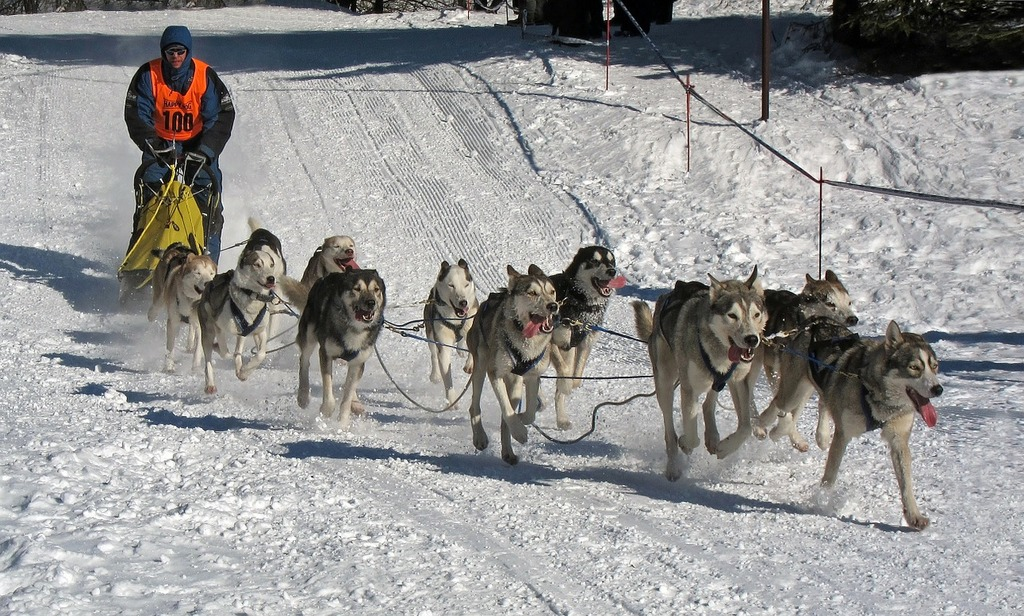
Picryl
Dogs, descended from wolves, quickly adapted to the diverse environments they encountered alongside humans. Whether living in cold, snowy regions or hot, dry climates, dogs learned to thrive in various environments. Some breeds, like the Husky, developed thick coats to withstand cold weather, while others, like the Basenji, evolved to cope with heat. This adaptability allowed dogs to become a global species, with breeds suited to nearly every climate and situation. Over time, human influence helped breed dogs suited for specific tasks in diverse environments, ensuring their ability to thrive in the wide variety of roles they now occupy.
12. The Advent of Dog Breeding
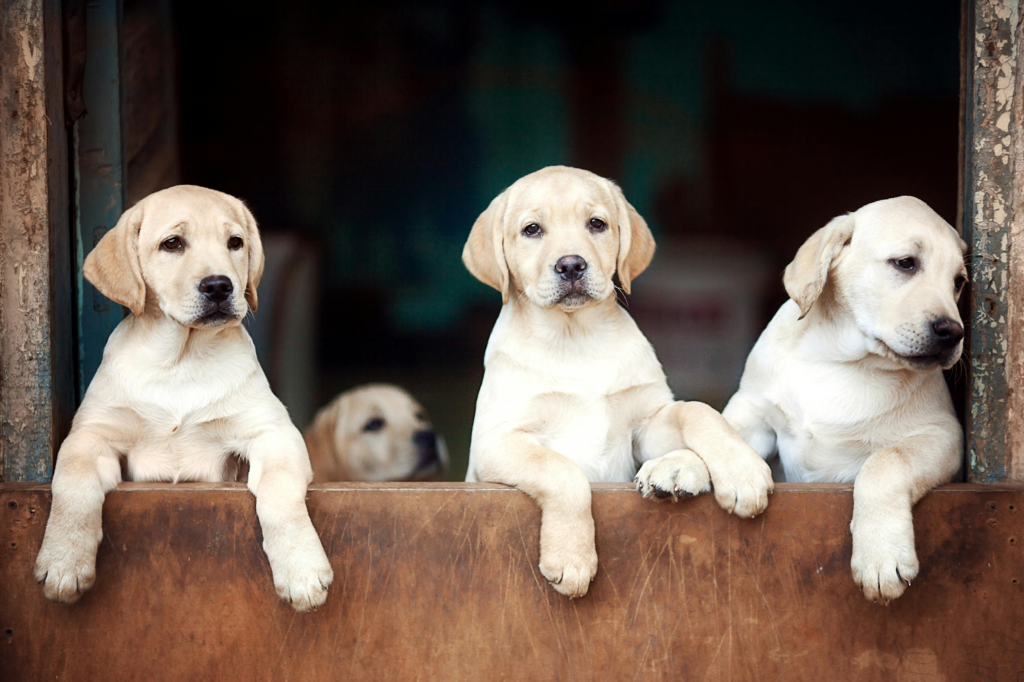
Pexels
As humans began to understand the value of different dog traits, selective breeding began. By choosing dogs with specific characteristics, humans were able to develop breeds suited to particular tasks, such as herding, guarding, or hunting. Over generations, these traits became more pronounced, and distinct dog breeds emerged. Selective breeding accelerated the divergence of dogs from their wolf ancestors, resulting in the wide variety of dog breeds we have today. This breeding not only led to a variety of sizes and temperaments but also refined specific abilities in dogs, such as scent detection, herding skills, and even intelligence.
13. Dogs Became Symbols of Loyalty and Companionship

Stockcake
Over time, dogs became not just working animals but symbols of loyalty and companionship. Their role in human society evolved from utilitarian to emotional, as they became trusted friends and family members. This shift in the role of dogs marked a significant change in the relationship between humans and their canine companions, solidifying dogs’ place in human culture and society. Today, dogs are seen as symbols of love, loyalty, and friendship, with their devotion to their human families being one of their most cherished traits. Their role as companions has grown far beyond simple utility, enriching the emotional lives of countless families.
14. The Evolution of Dog Behavior
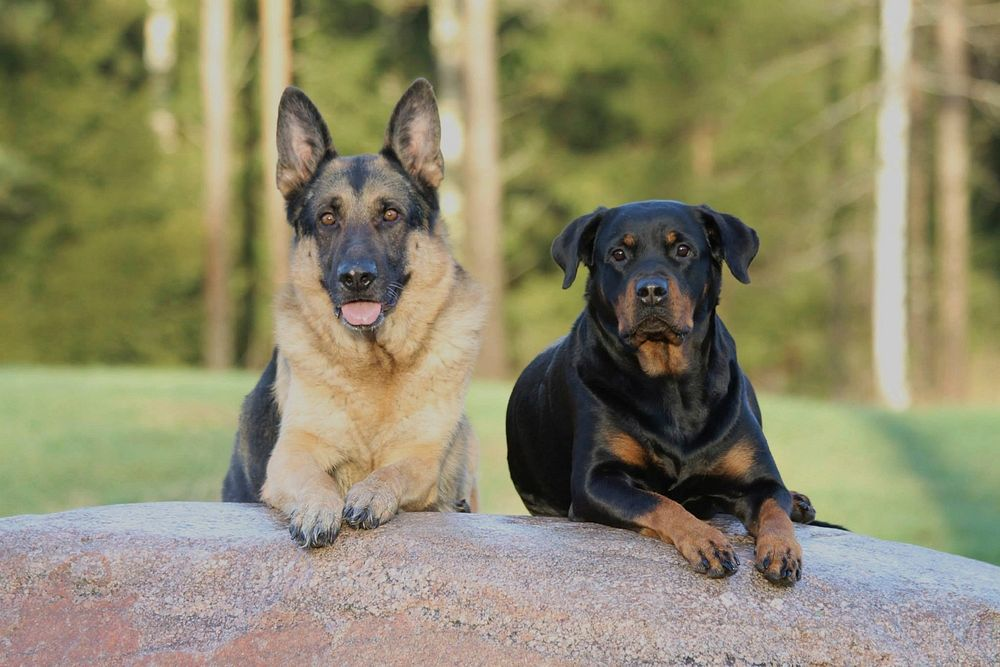
Rawpixel
The domestication of wolves involved more than just physical changes; it also led to significant changes in behavior. Over time, domesticated dogs became more social, cooperative, and less aggressive than their wild ancestors. This behavioral shift was crucial for the development of the bond between humans and dogs. Today’s dogs are more likely to seek out human interaction, be more playful, and show loyalty and affection. These behavioral changes are part of the domestication process, with dogs adapting to their roles as companions by becoming more sociable and attuned to human emotions and commands.
15. Genetic Studies Reveal the Dog-Wolf Link
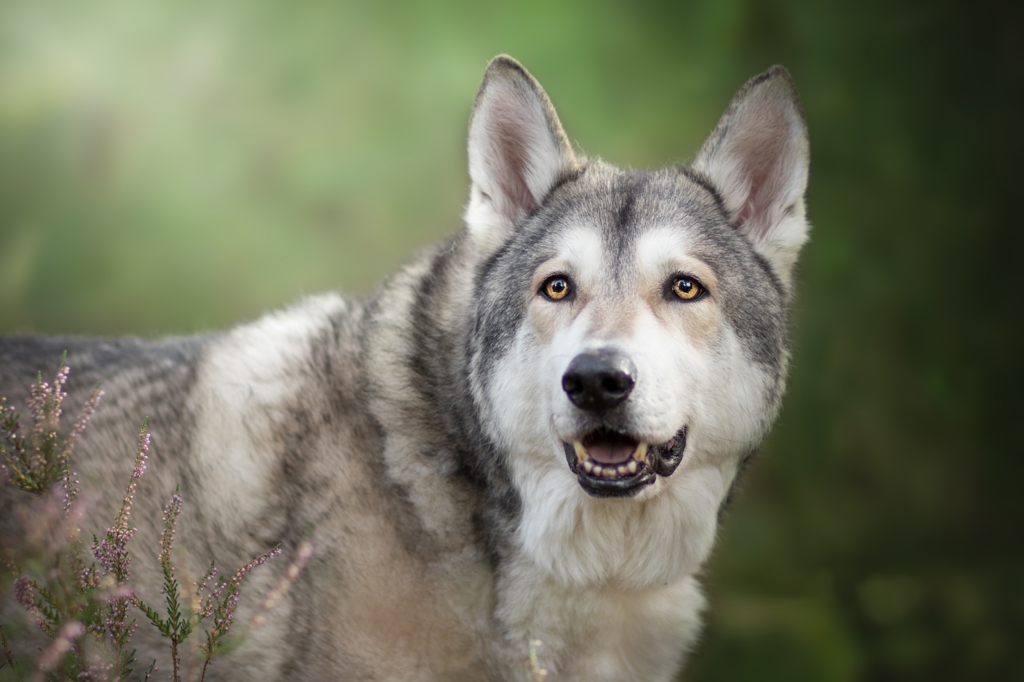
GoodFon
In recent years, genetic studies have provided valuable insights into the connection between dogs and wolves. Researchers have sequenced the DNA of both species and found that domestic dogs are more closely related to wolves than any other species. These studies have helped scientists understand the process of domestication, revealing how a wild predator evolved into the docile, loyal companion we now know as man’s best friend. Through these genetic studies, we are learning even more about how the domestication process worked and the specific genetic changes that allowed wolves to evolve into dogs.
16. The Unbreakable Bond Between Humans and Dogs

Pexels
After thousands of years of evolution, the bond between humans and dogs remains strong. From the days of wolf ancestors sharing food scraps with early humans to the present day, dogs have become an integral part of human life. They are no longer just animals that help with work—they are beloved members of our families, offering love, protection, and companionship. The story of how wolves became dogs is a testament to the incredible bond between species, built on trust, cooperation, and mutual respect. Today, this bond continues to thrive, with dogs being some of the most cherished and loyal companions humans can have.


